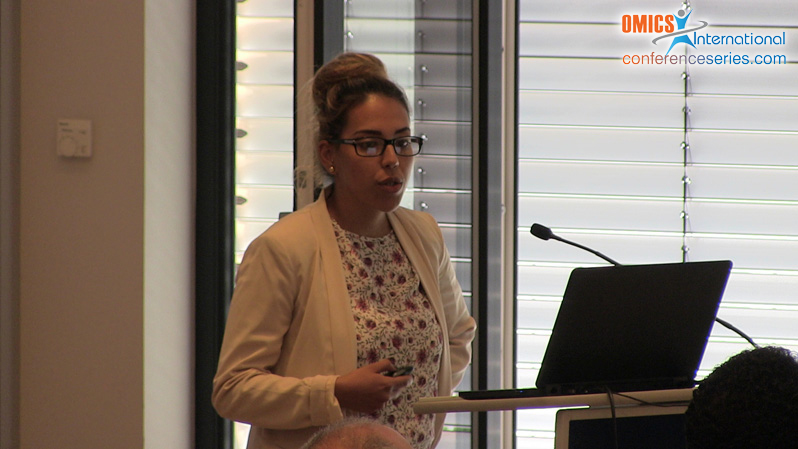
Dana Elhadad
Sheba Medical Center, Israel
Title: Fever-like temperature is a virulence regulatory cue controlling the motility and host cell entry of typhoidal Salmonella
Biography
Biography: Dana Elhadad
Abstract
Human infection with typhoidal Salmonella serovars causes a febrile systemic disease, termed enteric fever. Here we establish that in response to a temperature equivalent to fever (39°C–42°C) Salmonella enteric serovars Typhi, Paratyphi A, and Sendai significantly attenuate their motility, epithelial cell invasion, and uptake by macrophages. Under these fever-like conditions, the residual epithelial cell invasion of S. paratyphi A occurs in a type III secretion system (T3SS) 1–independent manner and results in restrained disruption of epithelium integrity. The impaired motility and invasion are associated with down-regulation of T3SS-1 genes and class II and III (but not I) of the flagella-chemotaxis regulon. In contrast, we demonstrate up-regulation of particular Salmonella pathogenicity island 2 genes (especially spiC) and increased intraepithelial growth in a T3SS-2–dependent manner. These results indicate that elevated physiological temperature is a novel cue controlling virulence phenotypes in typhoidal serovars, which is likely to play a role in the distinct clinical manifestations elicited by typhoidal and non-typhoidal salmonellae.

